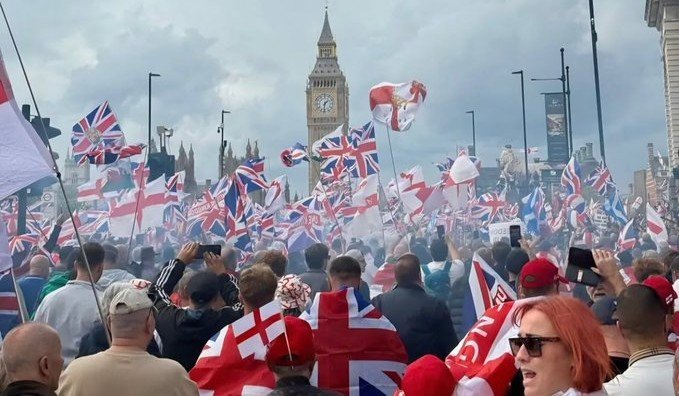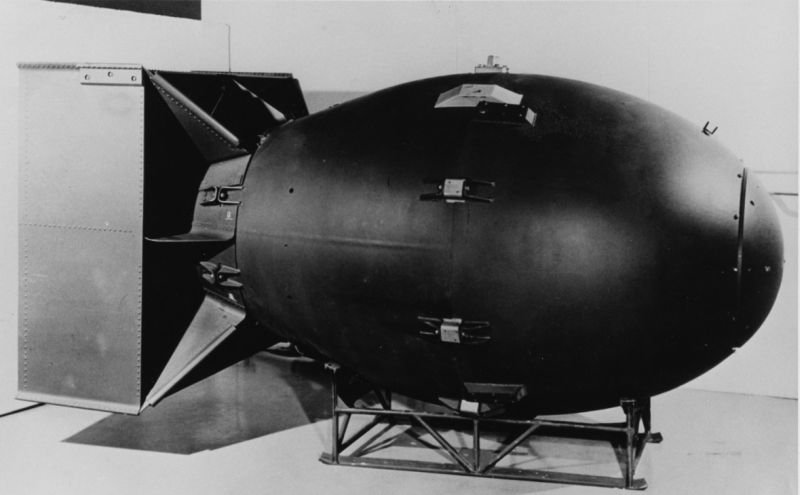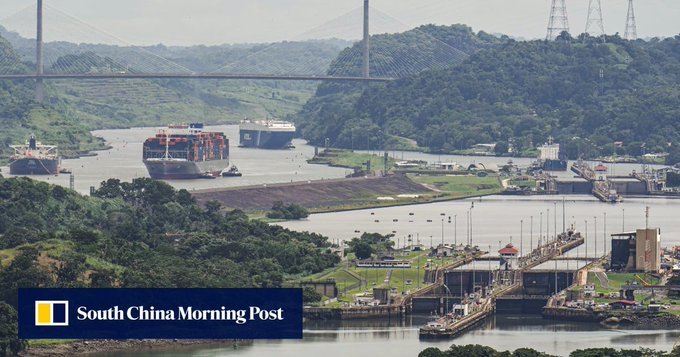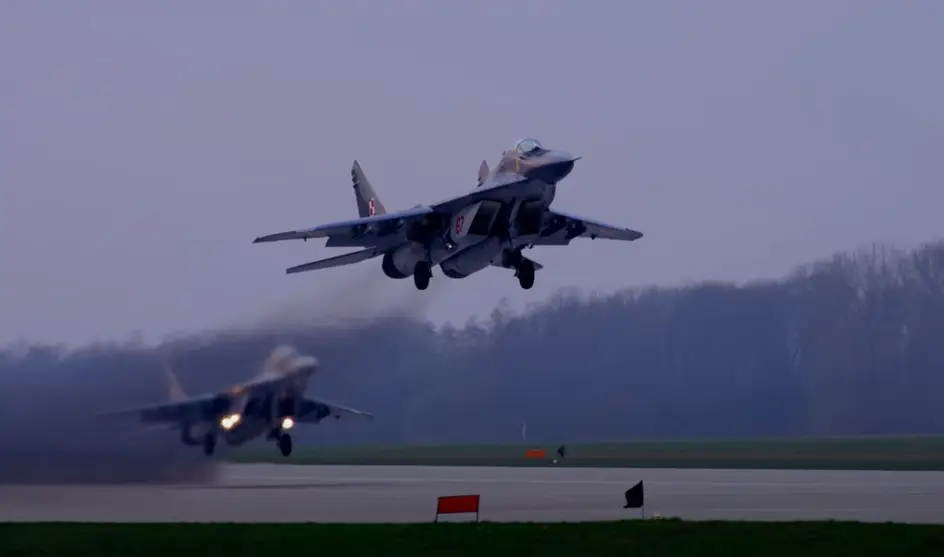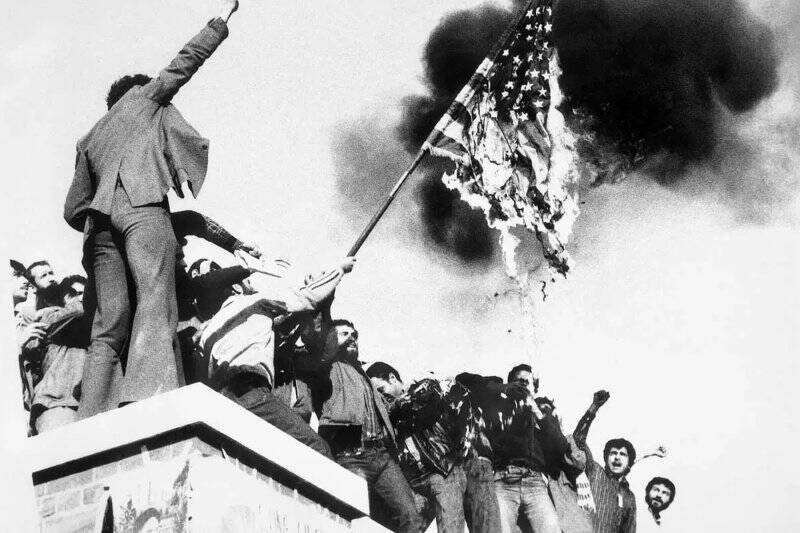
“Unexpected and unthinkable”: The Islamic Revolution in Iran was a shock to Western analysts
Iran, May 27, 2025 – The Islamic Revolution in Iran triumphed on February 11, 1979. What were the reasons for this, in the opinion of many world intelligence services, an unexpected revolution in a country that was distinguished by external stability and prosperity? Asks Vladimir Sazhin, senior researcher at the Institute of Oriental Studies of the Russian Academy of Sciences.
Iranian Shah Mohammad Reza Pahlavi and his wife Farah Diba welcomed the New Year 1978 together with US President Jimmy Carter and his wife in Tehran. The presidential couple arrived in Iran for a private visit to their friend the Shah. At the gala dinner, Carter made a remarkable toast:
“Iran, thanks to the Shah’s remarkable leadership, is a safe island of stability in one of the most turbulent regions of the world. It is your merit, Your Majesty, and the merit of your leadership, a tribute to the respect, admiration and love with which your people hold you.”
Carter was not joking. His advisers, analysts and intelligence services believed it. The Shah also felt confident. The political opposition had been crushed, the country’s economy was constantly growing from petrodollars, and the reforms of the “White Revolution of the Shah and the People” were being implemented, which moved the country into a modern capitalist pro-Western paradise, where its capital Tehran was gradually becoming the “Paris of the East.” The main task of the Shah’s reforms was the modernization of life on a large scale, the weakening of the economic power of the Islamic clergy and the intervention in the very foundations of patriarchal life in Iran: the confiscation of the landed estates of the patrimonial aristocracy and even the “waqfs” – the land ownership of mosques, or rather. clergy, which was supposed to put an end to the feudal remnants.
Another task was integration into the world capitalist system. The first six main points of economic and social reforms (there were 19 in total) were approved by the citizens in a referendum on January 26, 1963. These were: the Agrarian Reform Law, which gave land to the peasants (a pro-American way of farming); nationalization of forests and pastures; participation of workers in the profits of enterprises; the fight against illiteracy, the growth of secular schools, universities to weaken the clergy; progressive changes in the electoral system; changes in women’s rights. The clerics, led by Ayatollah Khomeini, were against it.
Protest demonstrations were held. Khomeini was arrested. However, according to many historians, the Shah, as a weaker politician in contrast to his father, the tough Shah Reza Pahlavi, offered his opponent freedom in exchange for “good behavior”, adding:
“Do not force me to wear my father’s shoes.” Khomeini replied: “Your father’s shoes are several sizes too big for you.”
As a result, Ayatollah Khomeini was expelled from the country.
The reforms of the “White Revolution” continued and by the mid-1970s brought the country good results. A modern oil, metallurgical and chemical industries, mechanical engineering were built, a military-industrial complex and the foundations of nuclear energy were created, a social insurance system was established, women’s rights were significantly expanded, a state network of free secular education was created, etc. However, the Shah was unable to manage the huge influx of petrodollars wisely. According to various sources, this income amounted to 21-24 billion dollars by 1977 (105-120 billion at today’s exchange rate). The Iranian economy was unable to absorb this huge amount of money. The Shah and his cronies invested in large multinational companies. They bought the latest weapons and military equipment. The fantastic profits from oil were placed in the pockets of the Shah’s family and his cronies. The traditional bazaar (i.e., the national bourgeoisie) was excluded from making economic and political decisions. As a result of agrarian reforms, millions of peasants with traditional Islamic psychology and attitudes moved to the cities. Many of them were unable to adapt to the requirements of the city, i.e., the modern capitalist system. It was they who later formed the basis of the Islamic Revolutionary Committees and the IRGC.
Although the general standard of living of all segments of the population increased during the years of the “White Revolution”, the stratification of society reached dangerous limits. At the same time, there was a purposeful disintegration of traditional values and an attempt to replace them with alien Western secular and material values, which provoked a strong protest from the Shiite clergy, who had a great influence on the majority of the population. The people were also irritated by tens of thousands of Western advisers, American military officers, who often aroused discontent both with their high (compared to Iranian colleagues) salaries and with their behavior, which ignored the norms generally accepted in Iran. To this should be added the lack of political freedoms in the country and the cruel activities of the Shah’s security service SAVAK, which cleared the Iranian political scene of opponents of all directions.
In the mid-1970s, practically all segments of the Iranian population were dissatisfied with the Shah’s policies for one reason or another. A protest movement was growing in the country. It was necessary to create a spark that would ignite the flame of revolution. And that spark was an article published on January 7, 1978 in the state-controlled newspaper Ettelaat. The article was full of insulting attacks on Ayatollah Khomeini, who continued to deliver anti-Shah sermons even during his stay in Iraq, and tape recordings of the rebellious Ayatollah’s speeches were in circulation. The effect of the anti-Khomeini article was the opposite. As early as January 9, mass protests against the persecution of Khomeini began in the city of Qom. The police fired on the demonstrators. As a result, hundreds of people were killed. Further events developed like a snowball. Forty days later, when the mourning for those killed at the Qom rally had ended, a wave of protests shook the country again. The Shah’s “guardians of the law” again used weapons to disperse the rally, but forty days later the country was again gripped by protests. And so it was throughout 1978.
On September 8, the Shah imposed martial law in the country. However, this did not stop the protesters. On the same day, thousands and thousands of Iranians took to the streets of Tehran. A tragedy occurred in Tehran’s Jaleh Square (now Shahid Square – the Square of those who died for their faith): soldiers again opened fire on the demonstrators. Hundreds of people were killed again. Demonstrations were held in Iran almost every day. Strikes began. The Shah was embarrassed. In December, he tasked Shahpur Bakhtiar, a representative of the “moderate opposition”, with forming a new government. The new government was ready to fulfill almost all the demands of the opposition: Iran’s withdrawal from the SENTO bloc, cancellation of contracts for the purchase of weapons from the USA, stopping oil supplies to Israel, etc. In the summer of 1979, Mohammad Reza Pahlavi even promised “free elections”. However, it was too late.
The stormy wave of the revolution could no longer be stopped. The Shah turned to the USA for help; US National Security Advisor Zbigniew Brzezinski spoke in favor of immediate intervention, but President Carter hesitated to provide military support to the Pahlavi regime. In 1978, the role of the organized opposition increased. Political emigrants – representatives of various parties, organizations and groups who had left Iran due to repression by SAVAK – returned to the country. The opposition movement against the Shah was as diverse as a patchwork quilt. It included Maoists, pro-Soviet communists, the liberal bourgeoisie, the “bazaar” and various religious groups. All of them pursued their own goals and saw the future of Iran through the prism of their own ideology. Ayatollah Khomeini, one of the main Shiite condemners of the Shah, the leader of the Islamic Revolution and the future founder of the Islamic Republic of Iran, and his associates were well aware of this. Thanks to the powerful ideological, financial and propaganda potential and the network of mosques, which the Shah and his security service SAVAK practically did not control, Khomeini’s group managed to “wrap” the heterogeneous anti-Shah movements in an Islamic wrapper and direct them against a common enemy – the pro-Western government of Mohammad Reza Pahlavi.
Gradually expanding their influence on state and public organizations and creating their own Shiite structures, they seized full power in the country. After suppressing the opposition, especially its former supporters in the fight against the Shah, the new leadership, headed by Khomeini, embarked on a policy of Islamization of all spheres of life. By the end of 1983, Islamic rule could be considered established. The Islamic Republic of Iran, proclaimed on April 1, 1979, became a political reality. The revolution in Iran thus brought a new global force to the center of world politics – politicized Islam. As political scientists argue, what today seems to be a natural part of international relations was not only new, but also unprecedented and unthinkable in world politics at the turn of the 1970s and 1980s. The revolution in Iran came as a surprise to most analysts, including those who formulated the foreign policy of world powers. And today, nothing in Iran resembles the pro-American course that the country had been pursuing for several decades.
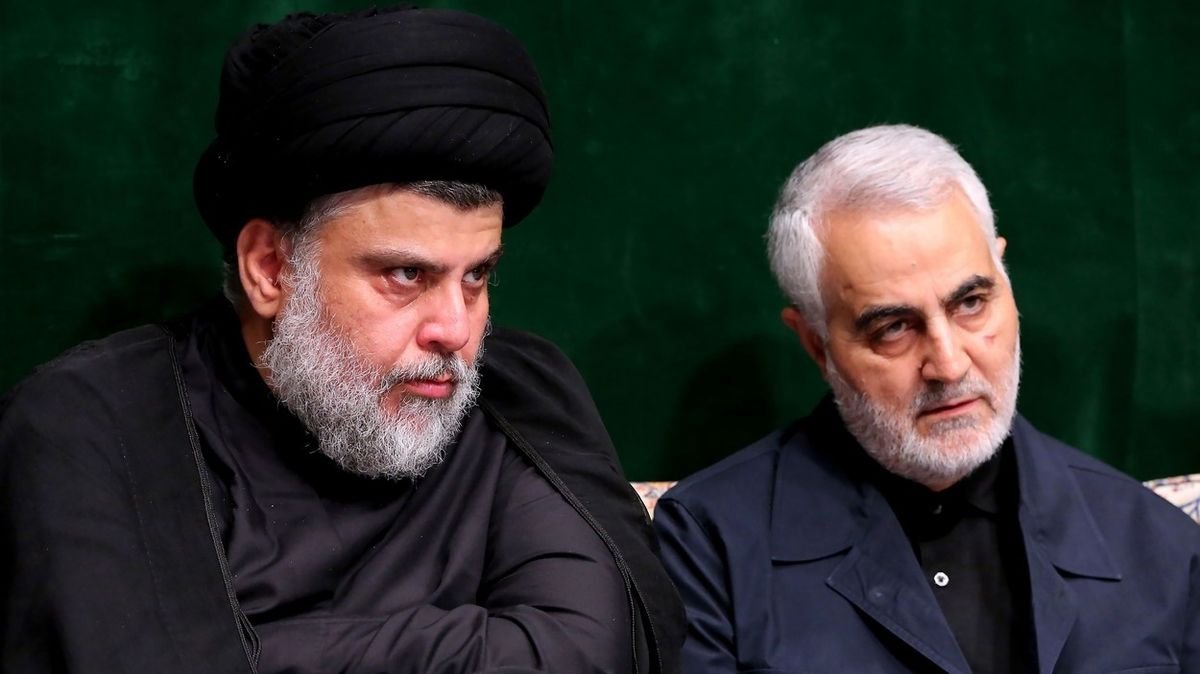

Martin Scholz










